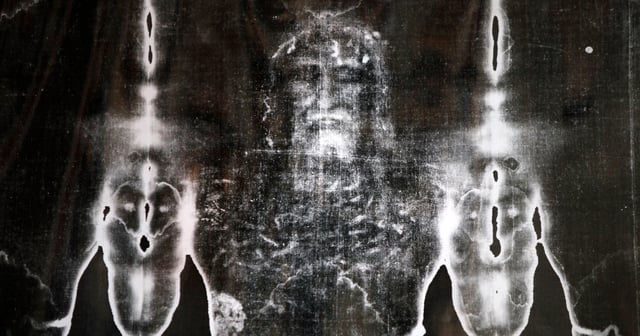Overview
- Moraes published his findings on July 28 in the journal Archaeometry after using open-source 3D software to simulate how linen would drape over both a full human form and a low-relief effigy
- The low-relief model generated contact patterns closely matching the shroud’s 1931 photographs, while the three-dimensional body simulation produced notable distortions
- No technique has yet been proposed or verified for transferring an image from a sculpted surface onto linen, leaving the actual imprint method unexplained
- The timing of the shroud’s creation remains under dispute following 1988–89 radiocarbon dates that placed it in the 13th–14th centuries and a 2022 wide-angle X-ray study suggesting a first-century origin
- The Vatican maintains that the cloth serves as a powerful symbol of faith without endorsing it as the literal burial garment of Jesus
